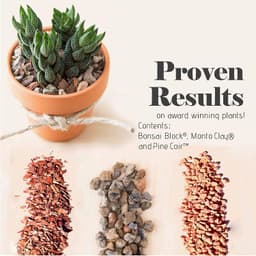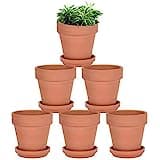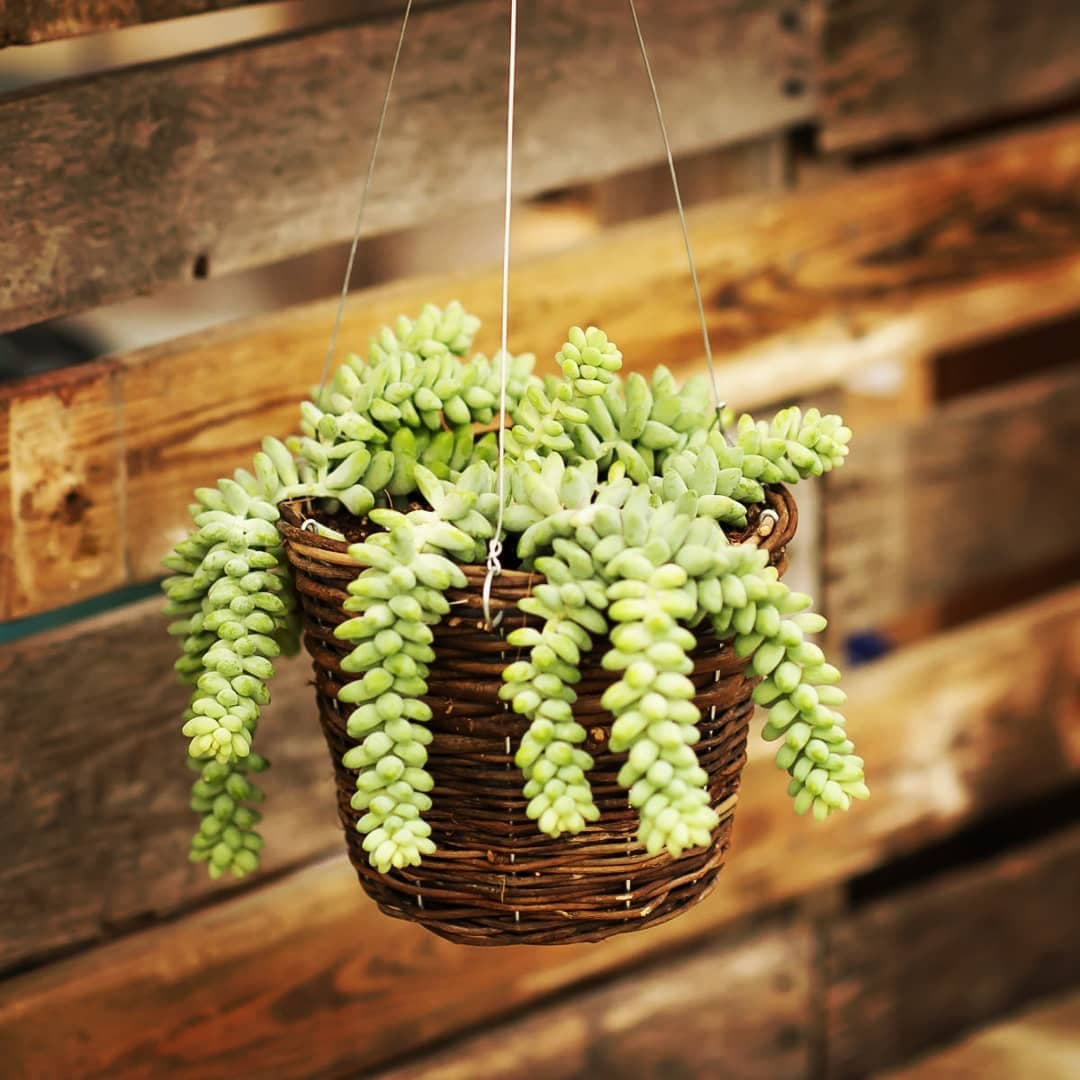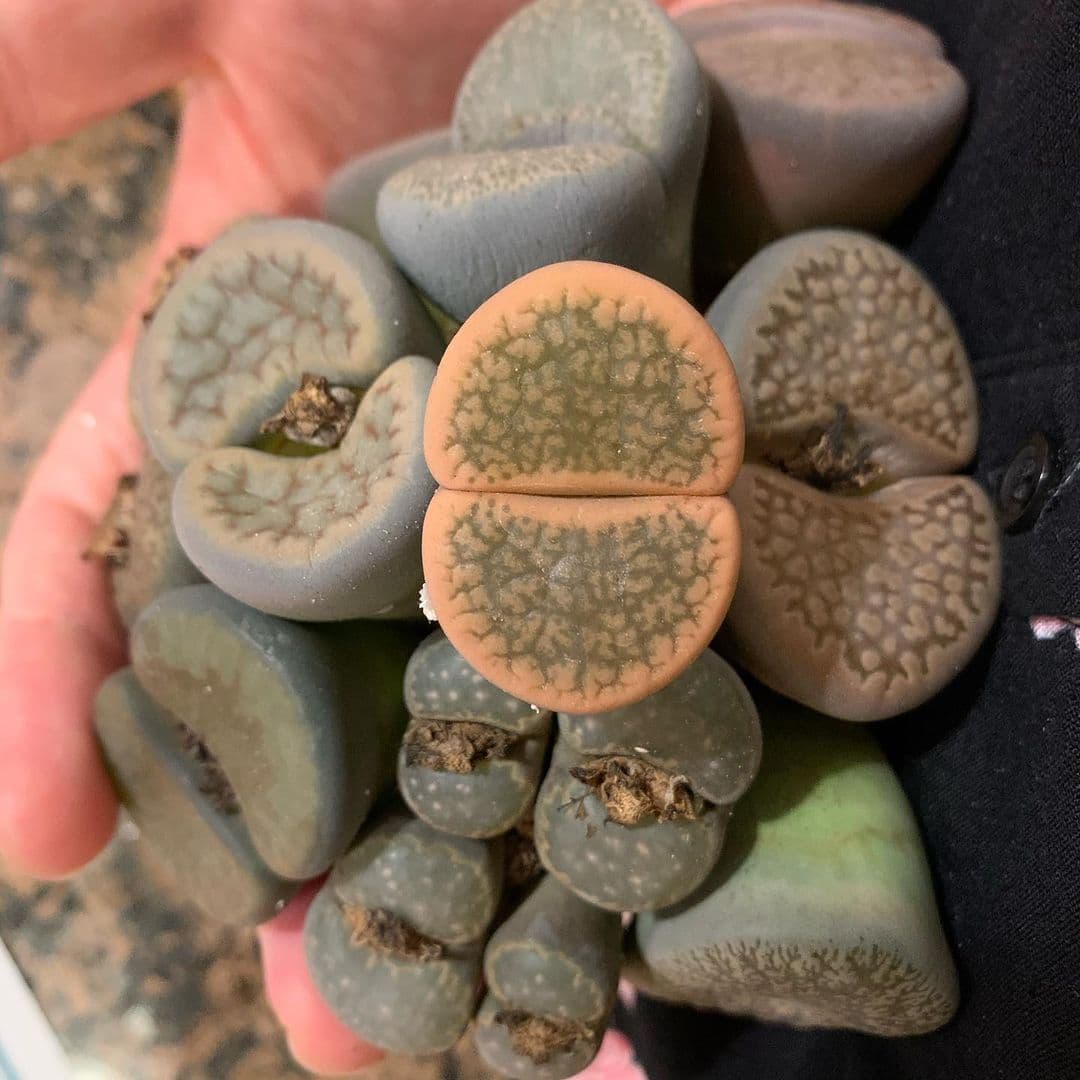Are Succulents Cold Hardy?
Posted by Grace on September 11, 2023
Succulents have become immensely popular in recent years, gracing our homes, gardens, and even office spaces with their unique and captivating beauty. These water-storing wonders come in various shapes, sizes, and colors, making them a favorite choice for both seasoned gardeners and beginners.
However, one common question that arises among succulent enthusiasts is, "Are succulents cold hardy?" Let's dive into the world of succulent hardiness to find out.
Contents
What is Hardiness?
Hardiness in plants refers to their ability to withstand adverse environmental conditions, especially low temperatures. Cold hardiness, in particular, is crucial for plants to survive chilly winters and frosty nights. When it comes to succulents, their hardiness varies depending on the species and their native habitats.
What are Hardiness Zones?
Hardiness zones are geographical regions defined by the United States Department of Agriculture (USDA) based on average annual minimum winter temperatures. These zones help gardeners and growers determine which plants are suitable for their specific climate. The USDA Hardiness Zone Map divides the United States into different zones, with lower numbers representing colder climates and higher numbers indicating milder winters.
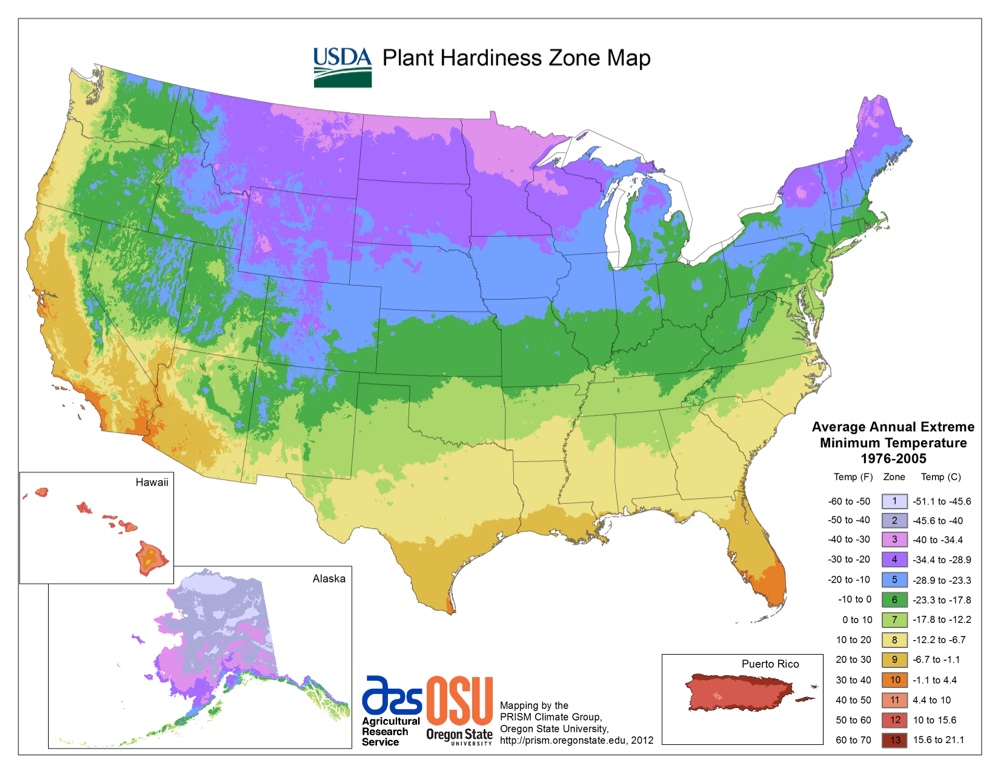 USDA Plant Hardiness Zone Map (You can also play with the interactive map here at USDA)
USDA Plant Hardiness Zone Map (You can also play with the interactive map here at USDA)
What are Hardy Succulents?
Hardy succulents, as the name suggests, are succulent plants that can withstand colder temperatures and are adapted to grow in regions with harsh winter conditions. These plants are typically more cold-resistant and can survive freezing temperatures for extended periods, making them excellent choices for outdoor gardens in colder climates.
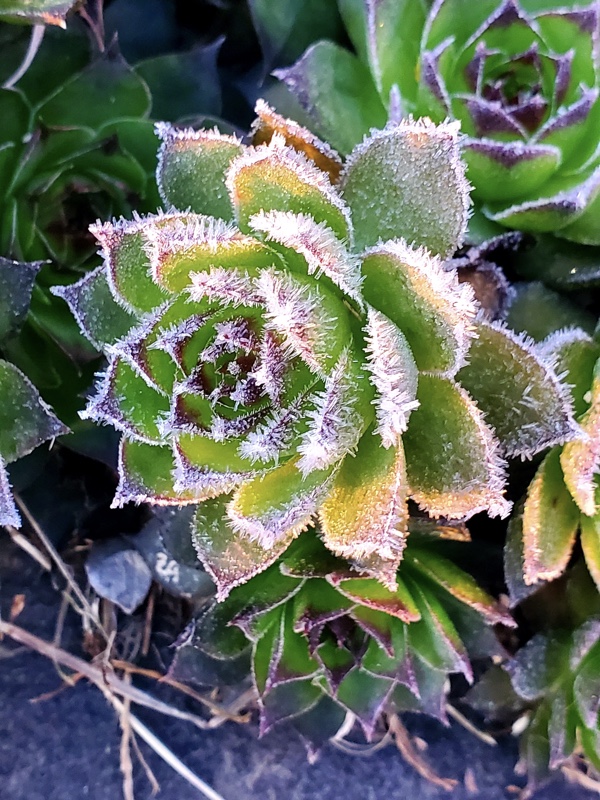 Sempervivum (Hens and Chicks) in the Snow
Sempervivum (Hens and Chicks) in the Snow
Examples of hardy succulents include the Hens and Chicks (Sempervivum), Stonecrop (Sedum), and many varieties of Agave and Yucca. These plants can often thrive in USDA Hardiness Zones 3 to 9 and even higher in some cases.
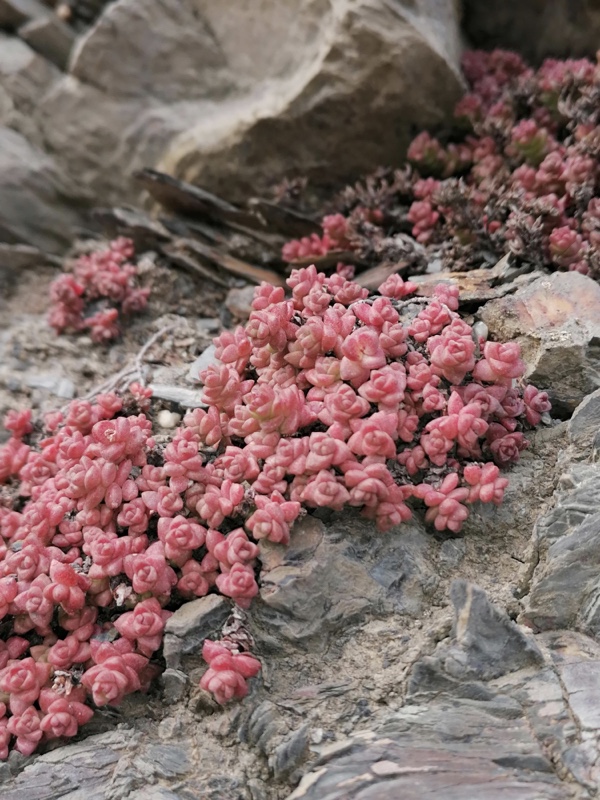 Sedum in the Wild
Sedum in the Wild
What are Soft Succulents?
On the other hand, soft succulents are more sensitive to cold temperatures and are generally better suited for indoor cultivation or outdoor gardens in warmer climates. These succulents, such as Echeveria and Crassula, may not survive frost and should be protected during cold spells or brought indoors when winter approaches.
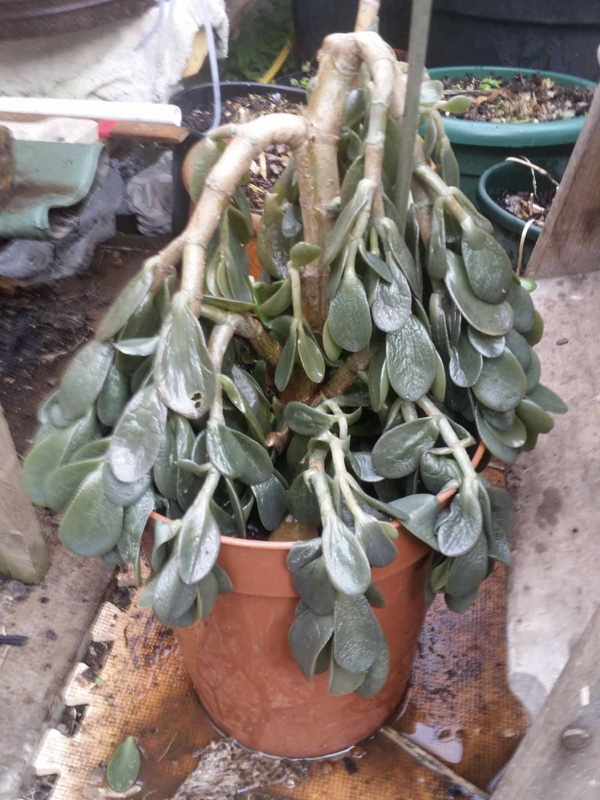 Jade Plant Died After Snow
Jade Plant Died After Snow
Drought Tolerance and Water Storage
Succulents are not only known for their cold hardiness but also for their remarkable drought tolerance. Their ability to store water in their leaves, stems, or roots allows them to thrive in arid environments. This adaptation makes them a perfect choice for regions with limited rainfall or for those who prefer low-maintenance plants.
Water Storage Adaptations
Succulents have specialized water storage tissues that store moisture for long periods. These adaptations include:
-
Fleshy Leaves: Many succulents have thick, fleshy leaves that can hold significant amounts of water. Examples include Aloe and Aeonium.
-
Stem and Root Storage: Some succulents, like certain cacti, store water in their stems or roots. This allows them to endure long periods without rain.
-
Reduced Transpiration: Succulents often have reduced leaf surface area or protective waxy coatings, which minimize water loss through transpiration.
-
Shallow Roots: Some succulents have shallow root systems that allow them to quickly absorb rainfall or dew.
Hardiness for Specific Succulents
The hardiness of specific succulent species can vary widely. Some succulents, like the Saguaro cactus (Carnegiea gigantea), are extremely cold-sensitive and can only thrive in warm, desert-like conditions. Others, like the aforementioned Sempervivum and Sedum, are incredibly cold-hardy and can endure freezing temperatures without issue.
Before adding succulents to your garden, it's essential to research the specific hardiness of the species you're interested in and ensure it aligns with your local climate.
Here is my current hardiness list (in Fahrenheit and Celsius):
- Crassula Ovata "Minima": 45°F (7°C)
- Hoya Compacta "Hindu Rope": 40°F (4°C)
- Kalanchoe Blossfeldiana: 40°F (4°C)
- Kalanchoe Streptantha: 40°F (4°C)
- Lithops "Living Stones": 40°F (4°C)
- Kalanchoe Behartii (Tomentosa x Milottii Hybrid): 35°F (2°C)
- Kalanchoe Marmorata: 35°F (2°C)
- Kalanchoe Millotii: 35°F (2°C)
- Albuca Spiralis "Frizzle Sizzle": 30°F (-1°C)
- Echeveria Diffractens: 30°F (-1°C)
- Echeveria Moranii: 30°F (-1°C)
- Echeveria Nodulosa: 30°F (-1°C)
- Echeveria "Red Prince": 30°F (-1°C)
- Graptoveria "Silver Star": 30°F (-1°C)
- Hatiora Salicornioides "Drunkard's Dream": 30°F (-1°C)
- Haworthia Cooperi var. Truncata: 30°F (-1°C)
- Haworthia Emelyae: 30°F (-1°C)
- Haworthia Truncata cv. "Sizunami": 30°F (-1°C)
- Kalanchoe Beharensis: 30°F (-1°C)
- Kalanchoe Beharensis "Fang": 30°F (-1°C)
- Kalanchoe Beharensis "Oak Leaf": 30°F (-1°C)
- Kalanchoe Gastonis-Bonnieri "Donkey Ears": 30°F (-1°C)
- Kalanchoe Hildebrandtii "Silver Teaspoons": 30°F (-1°C)
- Kalanchoe Humilis: 30°F (-1°C)
- Pachyveria Glauca "Little Jewel": 30°F (-1°C)
- Schlumbergera Truncata "Thanksgiving Cactus": 30°F (-1°C)
- Sedeveria "Lilac Mist": 30°F (-1°C)
- Sedum "Burrito": 30°F (-1°C)
- Graptopetalum: 30°F (-1°C)
- Crassula Rupestris: 30°F (-1°C)
- Kalanchoe Longiflora va. Coccinea: 30°F (-1°C)
- Crassula "Springtime": 30°F (-1°C)
- Aeonium "Kiwi": 30°F (-1°C)
- Adromischus Cristatus "Key Lime Pie": 25°F (-4°C)
- Crassula Swaziensis "Money Maker": 25°F (-4°C)
- Echeveria Chihuahuaensis: 25°F (-4°C)
- Echeveria Lola: 25°F (-4°C)
- Echeveria "Perle Von Nürnberg": 25°F (-4°C)
- Echeveria "Chroma": 25°F (-4°C)
- Echeveria "Cubic Frost": 25°F (-4°C)
- Echeveria Dionysos: 25°F (-4°C)
- Echeveria Fabiola: 25°F (-4°C)
- Echeveria "Lilacina": 25°F (-4°C)
- Echeveria Pelusida "Gigantea": 25°F (-4°C)
- Echeveria Runyonii "Topsy Turvy": 25°F (-4°C)
- Euphorbia Milli: 25°F (-4°C)
- Faucaria Tigrina "Tiger's Jaw": 25°F (-4°C)
- Fenestraria Rhopalophylla "Baby Toes": 25°F (-4°C)
- Frithia Pulchra: 25°F (-4°C)
- Graptopetalum Bellum: 25°F (-4°C)
- Graptopetalum "Marquise de Sevigne": 25°F (-4°C)
- Graptopetalum Pentandrum "Murasaki": 25°F (-4°C)
- Graptopetalum "Rusbyi": 25°F (-4°C)
- Graptopetalum "Superbum": 25°F (-4°C)
- Graptosedum "California Sunset": 25°F (-4°C)
- Graptosedum "Vera Higgins": 25°F (-4°C)
- Haworthiopsis Attenuata "Zebra Haworthia": 25°F (-4°C)
- Haworthiopsis Reinwardtii "Zebra Wart": 25°F (-4°C)
- Kalanchoe Crenodaigremontiana: 25°F (-4°C)
- Kalanchoe Daigremontiana: 25°F (-4°C)
- Kalanchoe Delagoensis: 25°F (-4°C)
- Kalanchoe Fedtschenkoi forma. Mediopicta: 25°F (-4°C)
- Kalanchoe Fedtschenkoi "Variegata": 25°F (-4°C)
- Kalanchoe Marnieriana: 25°F (-4°C)
- Kalanchoe Orgyalis "Copper Spoons": 25°F (-4°C)
- Kalanchoe Pumila: 25°F (-4°C)
- Kalanchoe Tomentosa "Chocolate Soldier": 25°F (-4°C)
- Kalanchoe Tomentosa "Panda Plant": 25°F (-4°C)
- Kalanchoe Tomentosa "Teddy Bear": 25°F (-4°C)
- Kalanchoe x houghtonii (Mother of Millions Hybrid): 25°F (-4°C)
- Pachyveria "Blue Haze": 25°F (-4°C)
- Pleiospilos Bolusii: 25°F (-4°C)
- Pleiospilos Nelii "Royal Flush Split Rock": 25°F (-4°C)
- Pleiospilos Nelii "Split Rock": 25°F (-4°C)
- Portulacaria Afra Variegata "Elephant Bush": 25°F (-4°C)
- Rabiea Difformis: 25°F (-4°C)
- Sedum Adolphi "Firestorm": 25°F (-4°C)
- Titanopsis Calcarea "Concrete Leaf": 25°F (-4°C)
- Agave Victoriae-reginae "Queen Victoria": 20°F (-7°C)
- Crassula Muscosa "Watch Chain": 20°F (-7°C)
- Crassula Perforata "Variegata": 20°F (-7°C)
- Echeveria "Blue Bird": 20°F (-7°C)
- Graptopetalum Paraguayense "Ghost Plant": 20°F (-7°C)
- Sebum Rubrotinctum "Jelly Bean": 20°F (-7°C)
- Crassula Falcata: 20°F (-7°C)
- Crassula Platyphylla: 20°F (-7°C)
- Sinocrassula Yunnanensis: 10°F (-12°C)
- Aloinopsis Luckhofii: 10°F (-12°C)
FAQ
Can I plant succulents in my garden if I live in a cold climate?
Yes, you can plant hardy succulents in your garden if you live in a cold climate. Be sure to choose species that are suitable for your USDA Hardiness Zone.
How can I protect soft succulents from cold temperatures?
To protect soft succulents from cold temperatures, you can bring them indoors during the winter or cover them with frost cloth or blankets on particularly cold nights.
Do succulents need special care during the winter?
Yes, succulents may require some special care during the winter, such as reducing watering frequency and ensuring proper drainage to prevent root rot in cold, wet conditions.
Final Words
In conclusion, the cold hardiness of succulents varies depending on the species, so it's crucial to choose the right succulents for your climate. Hardy succulents are ideal for colder regions, while soft succulents are better suited for milder climates or indoor cultivation. With proper care and consideration of your local climate, you can enjoy the beauty of succulents year-round.

